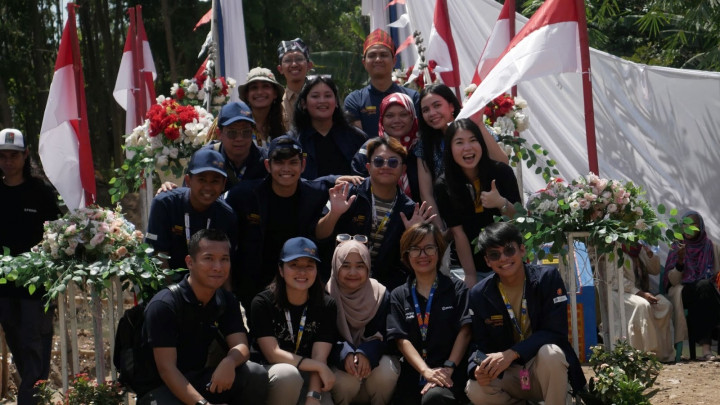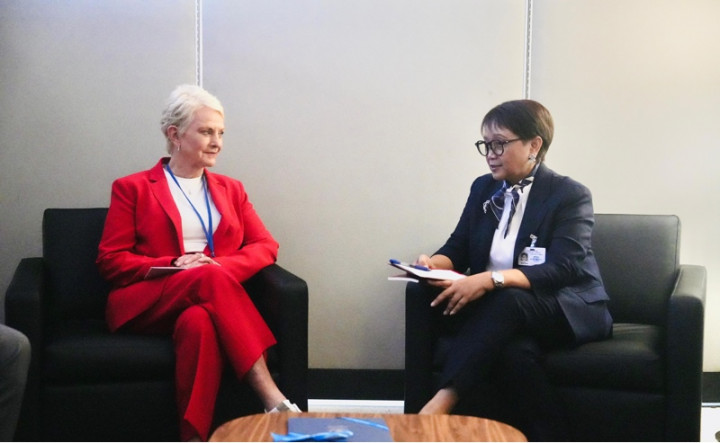Washington: A new report from the World Bank and the End Violence Partnership / Safe to Learn Global Initiative shows that violence in and around schools severely impacts educational outcomes, and society pays a heavy price as a result, with an estimated $11 trillion in lost lifetime earnings.
The study, Ending Violence in Schools: An Investment Case, which was released together with the new strategy of the Safe to Learn initiative, finds that violence in schools – including physical, emotional, and sexual violence – is widespread in most countries.
It profoundly affects students’ experience in schools, leading to, among others, lower grades, more absence from schools, fewer friendships, and less trust in teachers.
This contributes to children dropping out of school and learning less in school, leading, in turn, to losses in earnings in adulthood.
Violence in schools also has a wide range of negative effects not only for mental health and psychological well-being, but also for multiple physical ailments.
It is furthermore associated with risky behaviors, from using drugs and alcohol to having sex at a younger age.
"All the investments we make in education become irrelevant if children aren’t safe at school,"stressed Jaime Saavedra, World Bank's Global Director for Education, in a press release on Tuesday.
"Preventing violence is not an easy public policy. It requires the complex interweaving of actions at the school, community, and national levels. To underpin this undertaking, it is essential that countries have the political will to drive change. The evidence from the Investment Case and collective action from partners will be key in driving this change," Saavedra added.
To address this urgent issue, the report recommends interventions along the life cycle – starting in early childhood and continuing in primary and secondary schools.
Many of those interventions have multiple benefits.
For example, programs to boost socio-emotional learning improve students’ prosocial behaviors and learning.
Collaborative learning techniques also improve students’ learning, relationships, and positive perceptions of themselves.
In addition to particular interventions, national policies and "whole school" approaches are needed – one example is the Good School Toolkit in Uganda, which involves the whole school to promote behavioral change.
According to the report, ending violence in school is not only the right thing to do, it is also a smart investment.
The data shows this in terms of the costs associated with violence in and around schools, but also in terms of multiple benefits for girls’ and boys’ learning, their well-being, and their future adult lives.
Cek Berita dan Artikel yang lain di Google News
FOLLOW US
Ikuti media sosial medcom.id dan dapatkan berbagai keuntungan



















